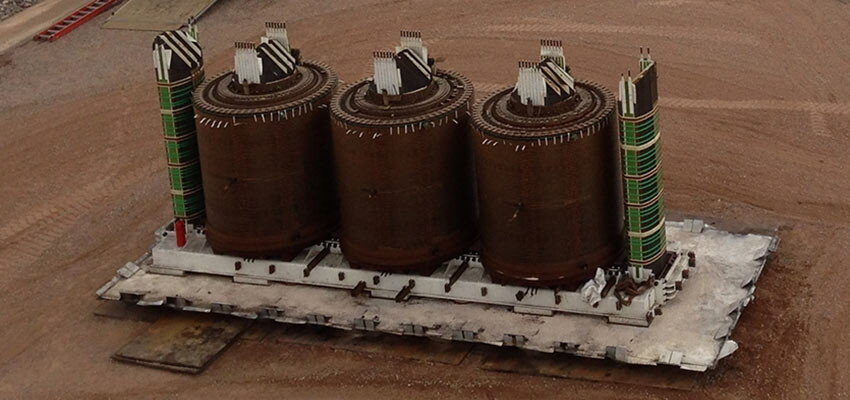
Power transformer life Part 3: Life management and extension
This article closes the Transformer Life series by looking at various ways that a transformer owner can extend the life of their investment. From the...
byCarlos Gamez

This article closes the Transformer Life series by looking at various ways that a transformer owner can extend the life of their investment.
From the initial stages of specifying and purchasing a transformer to the management of the transformer throughout its useful life, we explore which options have the best cost to benefit ratio and why.
Keywords: power transformer, life, asset management, condition assessment, life extension, paper, insulation, cellulose
How long is a transformer supposed to last?
In the first article in this series we defined what life means for a power transformer. In the second article we looked at the factors that most influence a power transformer’s life. In this, the third and last, article of this series we explore what options we have to manage and, as far as possible, extend the life of these important assets in your system. Before we delve into what you can do to extend the life of a transformer, we need to agree on how long it is supposed to last.
As we have discussed, the life of a particular transformer depends on many factors, some of which are unpredictable in nature. In most circumstances there is not enough information to accurately predict the remaining life of a particular unit with any significant confidence. Current national and international standards and publications [1],[2],[3] and [4] favour the definition of life in “per unit” terms.
However, enough statistical data might be available in a particular system to be able to ascertain an estimated “average” life for a transformer in that system. In my own experience an average life of 35 to 40 years is a reasonable number to be expected for transformers manufactured before the 90s and working under nominal conditions with some transformers, in very isolated cases, reaching into the 70 to 100 years of age mark [5].
So, if a transformer is to last 40 or more years of active service, what can you do to give it the best chances to do so?
The life cycle view of life extension
We might be tempted to think of the term life extension as something that is executed towards the end of the life of the asset in an attempt to extend its life. In my opinion this would be a very short-sighted view of the topic. In my view, life extension starts before the transformer is even manufactured. A holistic view of the complete life cycle of the unit will allow making the right decisions and putting the appropriate measures in place at every step of the way, from purchasing to disposal of the asset.

Figure 1: Typical transformer life cycle
This article closes the Transformer Life series by looking at various ways that a transformer owner can extend the life of their investment. From the initial stages of specifying and purchasing a transformer to the management of the transformer throughout its useful life, we explore which options have the best cost to benefit ratio and why.







